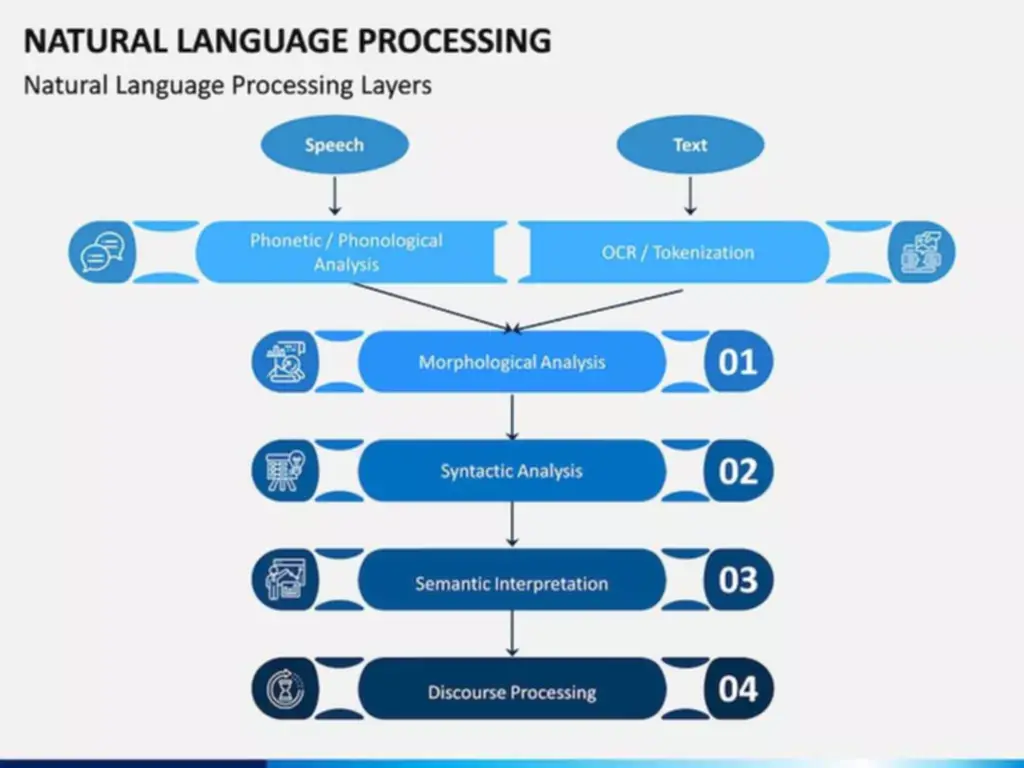This generally ends in conflicting points of view, values, and preferences for task accomplishment. From a cacophony of discordant sounds, a tempo, rhythm and customary melody start to emerge – we’re actually beginning to get somewhere. At this level, the team is at its nadir of disharmony, but as work will get underway and problems are ironed out, the staff will start to turn into more performant. Battle is sharper, as group members haven’t yet had the opportunity to show their competence or integrity in the longer-term, making it easier for people to leap to unfavorable conclusions about one another.
She says that she met with every group member individually and explained their role in the project and gave them an opportunity to share any concerns they had. After the individual meetings, she had Jada from human assets come to a staff assembly and conduct some team-building workout routines and engaging teamwork activities. The result of the session with Jada was a Bug Banisher Group imaginative and prescient statement that everyone agreed upon.
- The most well-known and a widely known model of group growth was proposed by Bruce Tuckman, that included 4 levels Viz, forming, storming, norming, performing and later the fifth stage adjourning was added to this mannequin.
- Here, people exit from the group (separately orsimultaneously) and the staff loses its identification and ceases to exist.
- Below are descriptions of the central elements of some of the commonest models of group development (See Smith, 2001 4 and Van de Ven & Poole, 1996 2 for a extra complete record of theories and models).
- The key is to acknowledge these shifts and respond appropriately to keep the staff moving ahead.
- In Accordance to this model, teams may start a given interval of improvement at totally different levels and spend completely different quantities of time within the numerous phases.
Performing

Team-building workouts are often accomplished to assist a staff via its development course of. As Quickly As norms are established and the staff is functioning as a unit, it enters the performing stage. By now team members work collectively simply on interdependent tasks and are in a position to talk and coordinate successfully. There are fewer time-consuming distractions based on interpersonal and group dynamics. For this cause, motivation is often excessive and staff members believe in their ability to attain targets. Individuals concentrate on defining and assigning tasks, establishing a schedule, organizing the team’s work, and different start-up issues.
Differentiation: Organizing For Success
As we continue to navigate an ever-changing panorama of work and interpersonal relations, the ideas laid out by Tuckman stay as related as ever. They serve not only as a framework for understanding group habits but also as a beacon for leaders and group members. The mannequin offers steerage for teams striving for effectivity and excellence in collective endeavors. Additionally, there has been analysis exploring lean team growth from the perspective of Tuckman’s mannequin. This involved interviews with individuals in a lean program, revealing that forming lean teams entails pleasure, anticipation, and a want for acceptance, which aligns with the Forming stage of Tuckman’s mannequin. During the Norming stage, team members are not targeted on particular person recognition but are motivated by the success of the group as an entire.

Introduction To Tuckman’s Theory Of Group Development
Throughout differentiation, task allocation becomes rather more subtle than the initial “who wants to do what? The group now has a better understanding of every member’s strengths, weaknesses, preferences, and dealing kinds. Tasks are distributed based mostly on experience and curiosity rather than just availability or politeness.
From a work perspective, the storming stage will see individuals start to strive for extra autonomy. They will seek to undertake their very own most popular ways of working and potentially start to try to impose their ways of engaged on the wider group. In this stage, people are on their finest behavior and striving to study in regards to the social positions of their peers. They make sure they do nothing which will put them at risk of being rejected or disliked by the group. Hackman (2003) emphasizes this level through an example of his earlier analysis on the effectiveness of airline cockpit crews.
From a management perspective, leaders ought to begin to empower the staff more, whereas reinforcing values and behaviors. They should assist make sure the team accept a shared culture, values and methods of working. Leaders ought to role-model best follow and assist the team to formally standardize their ways of working and processes, the place doing so can be useful. Gersick’s research of naturally occurring teams departs from the historically linear fashions of group improvement.
It’s the part where the team’s exhausting work pays off, they usually can operate with a way of ease and delight, often exceeding their set objectives. Leaders can manage the Storming section by fostering open communication, encouraging mutual respect, and facilitating battle decision. This strategy helps groups navigate disagreements constructively, laying the groundwork for stronger collaboration. At this stage, Innerview’s customizable views and AI-powered artifacts can help groups maintain their excessive performance.

A good leader acts like a talented what are the stages of team development host at a celebration – they set clear expectations, facilitate introductions, and create an setting the place individuals feel comfy contributing. They need to ascertain floor rules, clarify goals, and assist members understand not just what needs to be accomplished, however why it matters. Envision a well-oiled machine, like a profitable company with a team that works seamlessly together. They’ve overcome previous challenges, established efficient processes, and are actually achieving impressive results. By understanding these stages as a group chief – and educating different staff members on the basic rules – you presumably can assist guide your group to a harmonious, productive state.
Groups usually are not all the time anticipated to progress in a linear fashion via the entire phases. In abstract, while Tuckman’s mannequin provides a useful roadmap for understanding team improvement, it is essential to do not forget that each staff’s journey is unique. It’s much less like a linear trek and extra like a winding expedition, filled with unexpected discoveries and challenges, with every stage offering its own classes and progress opportunities. “With group norms and roles established, group members focus on achieving frequent targets, often reaching an unexpectedly high level of success.”5 By this time, they are motivated and knowledgeable. The staff members at the second are competent, autonomous and able to deal with the decision-making process with out supervision.
In fact, highly complex techniques, corresponding to teams, can have components that can’t be defined by looking on the properties of say, the person. In order to get a true understanding of group dynamics, it’s important that one focuses on the big picture. McGrath contended that for every identified perform, groups can comply with a big selection of different “time-activity paths” so as to E-commerce transfer from the initiation to the completion of a given function. Beneath are descriptions of the central parts of a number of the most typical fashions of group improvement (See Smith, 2001 4 and Van de Ven & Poole, 1996 2 for a more full record of theories and models). Variations of opinion are handled respectfully, particular person tasks are achieved, and progress is made on group goals. The major good factor about this stage is that it permits individuals to be genuine and categorical their true opinions.
Teams might move backwards and forwards between levels as they face new challenges or modifications in membership. The storming stage solely really begins once the individuals in a staff have had a chance to get to know one another somewhat. By this stage they will have said to develop an understanding of the social hierarchy of the group, of the methods of working of the group, of the facility dynamics of the group and of their place in the group. This stage is essential for closure and might significantly impression the staff members’ morale and perspective on the project. It’s also a time for conducting a thorough retrospective to understand https://www.globalcloudteam.com/ the lessons realized, which may be invaluable for personal and skilled development. The Adjourning stage is essential for agile groups as well, because it allows them to replicate on their achievements, learnings, and areas for improvement before moving on to new challenges.